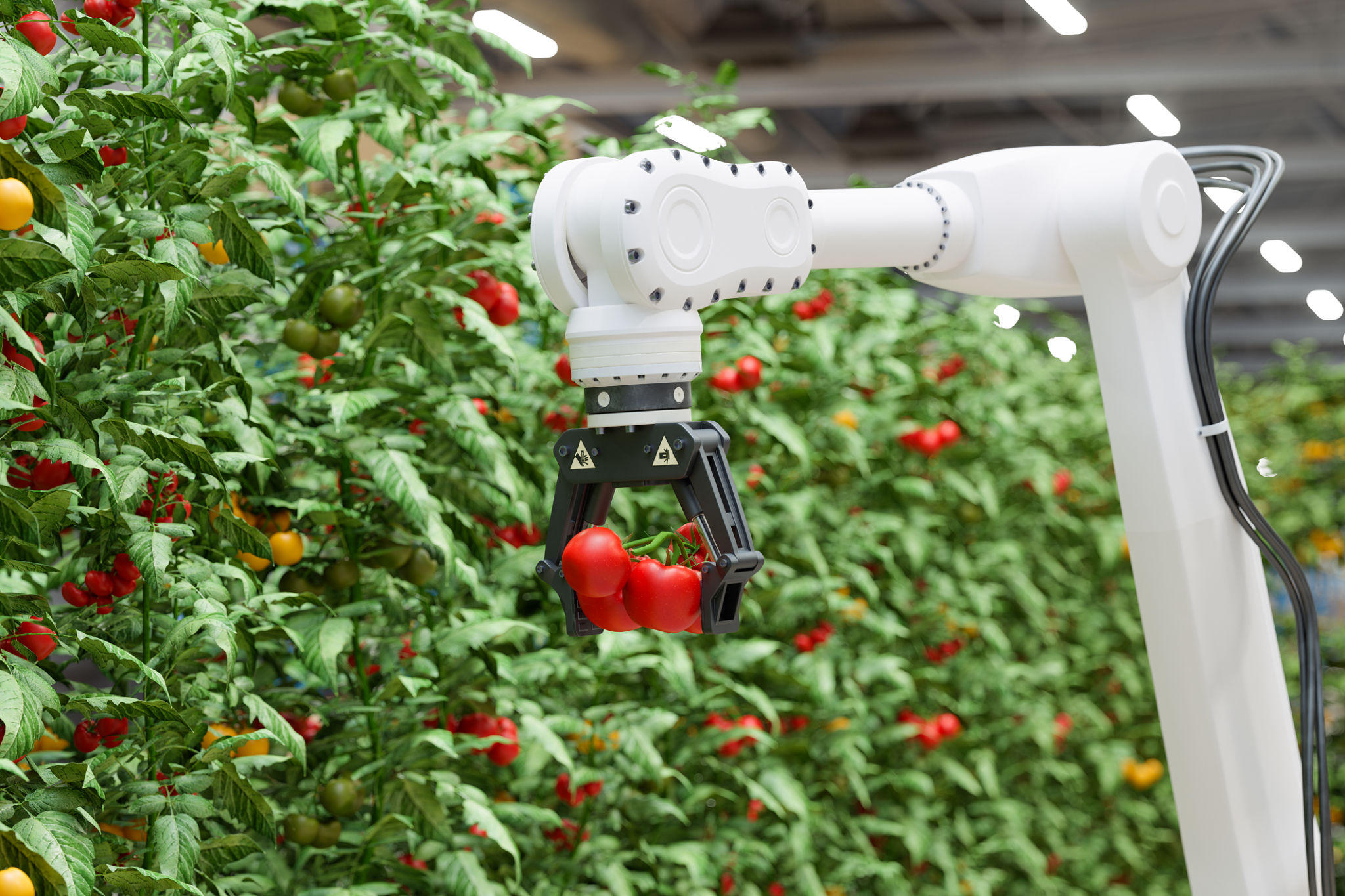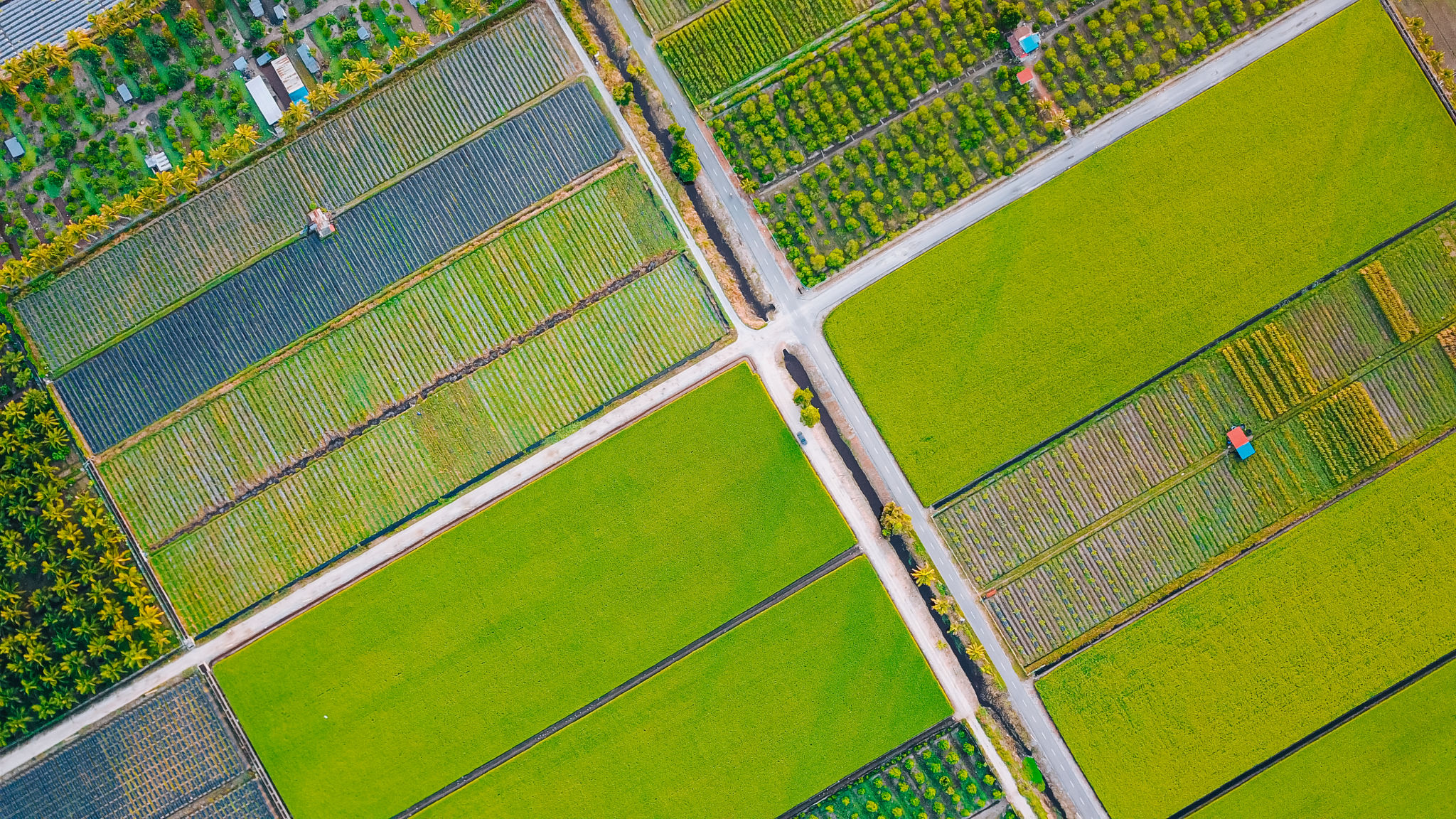The Future of Robotic Crop Harvesting: Innovations and Benefits
Introduction to Robotic Crop Harvesting
As agriculture evolves, technology continues to play a critical role in enhancing productivity and sustainability. One of the most promising developments in this sector is robotic crop harvesting. These advanced machines are revolutionizing the way crops are harvested, offering numerous benefits to farmers and the environment alike.
Robotic harvesters are designed to efficiently pick fruits and vegetables, ensuring minimal damage and waste. They offer a solution to labor shortages and can operate around the clock, increasing overall farm productivity. With the integration of artificial intelligence, these machines are becoming smarter and more reliable.

Technological Innovations Driving Change
Automation and Precision
The latest innovations in robotic harvesting focus on automation and precision. Equipped with advanced sensors and cameras, these robots can identify ripe produce with remarkable accuracy. This level of precision reduces waste and ensures that only the best quality produce is picked.
AI and Machine Learning
Artificial intelligence and machine learning are at the heart of these technological advancements. By analyzing vast amounts of data, robotic harvesters can adapt to different types of crops and environmental conditions. This adaptability enhances their effectiveness across various agricultural settings.

Benefits of Robotic Crop Harvesting
Addressing Labor Shortages
One of the most significant benefits of robotic crop harvesting is its ability to address labor shortages. The agricultural industry often experiences a shortage of skilled labor, particularly during peak harvesting seasons. Robots can fill this gap, ensuring timely harvesting without compromising quality.
Environmental Sustainability
Robotic harvesters contribute to environmental sustainability by minimizing waste and optimizing resource use. Their ability to operate with precision means that fewer resources are wasted, and their energy-efficient designs help reduce the carbon footprint of farming operations.

Challenges and Future Prospects
Overcoming Technical Limitations
Despite their many advantages, robotic harvesters still face certain challenges. Technical limitations such as navigating complex terrains or picking delicate fruits without causing damage remain areas for improvement. However, ongoing research and development continue to address these obstacles.
The Road Ahead
The future of robotic crop harvesting looks promising. As technology advances, these machines will become more accessible to farmers worldwide. The continued integration of AI will further enhance their capabilities, making them indispensable tools for modern agriculture.

Conclusion
The innovations in robotic crop harvesting are reshaping the agricultural landscape. By offering solutions to labor shortages and promoting sustainability, these machines are paving the way for a more efficient and environmentally friendly future. As technology continues to evolve, the potential for robotic harvesters to transform farming practices is limitless.